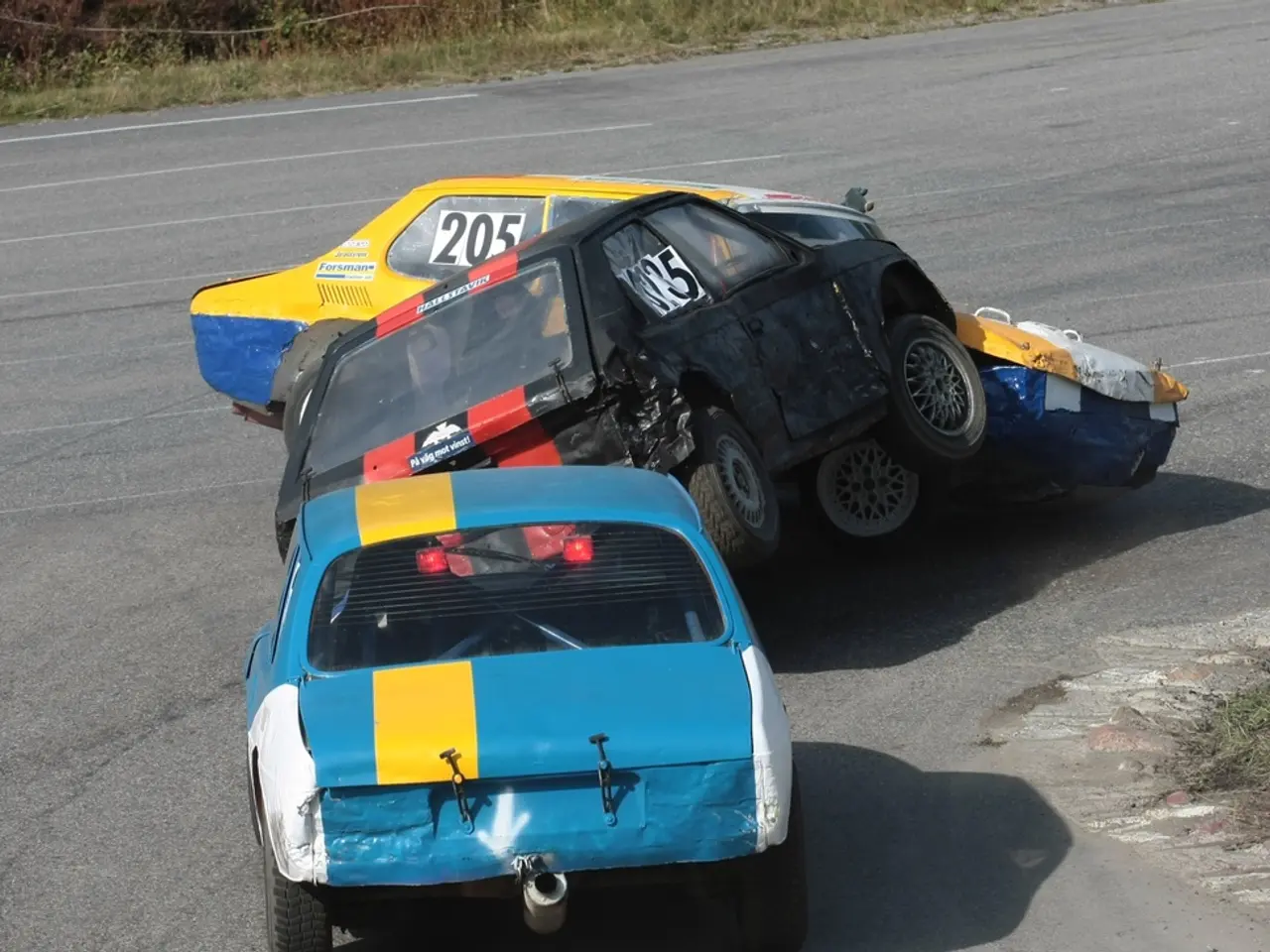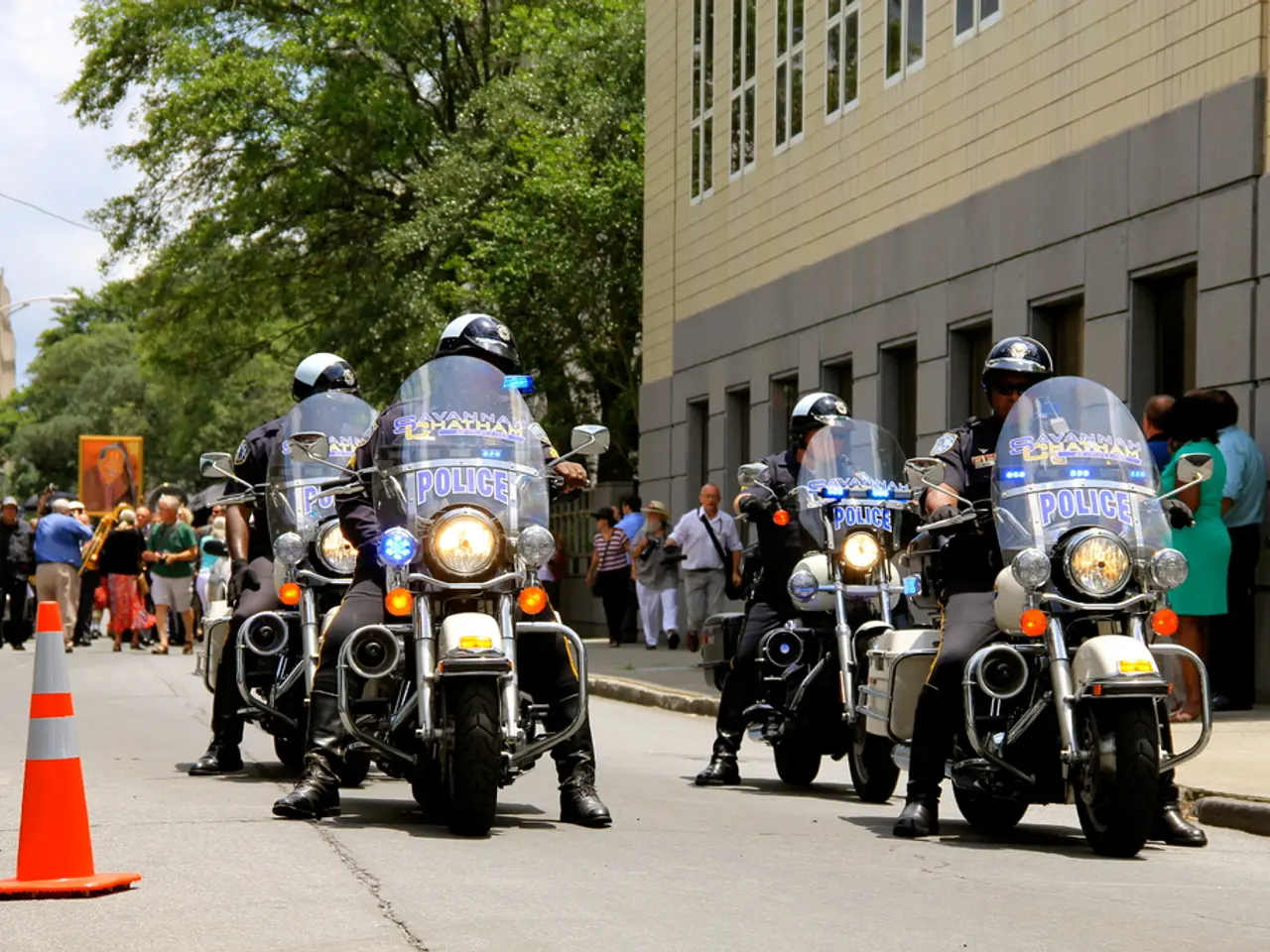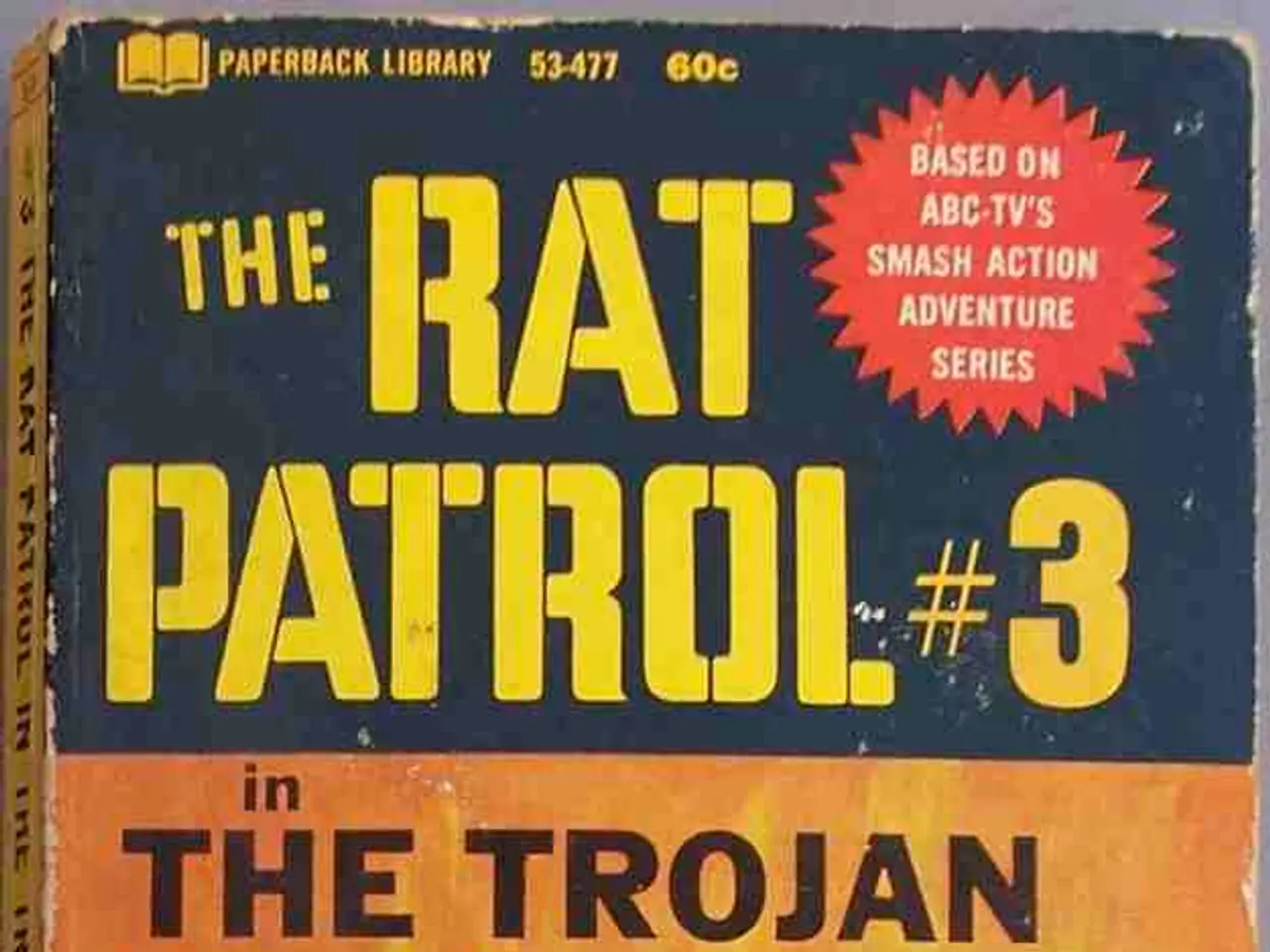Ukrainian Drones Collide on VNIIR Grounds in Chuvashia Province
In multiple regions across Russia, operations have been halted due to a series of drone crashes, the most recent occurring at "VNIIR" in Chuvashia [1]. The cause of these incidents, as reported, is a strategic drone campaign by Ukraine, aimed at targeting Russian infrastructure and military facilities far beyond the front lines [1][3][4].
"VNIIR" in Chuvashia, a leading Russian manufacturer of relay protection and automation systems for substations, as well as low, medium, and high-voltage electrical equipment, was the site of a Ukrainian unmanned aerial vehicle (UAV) crash. Fortunately, no casualties or injuries were reported [4]. Similar incidents have been reported in Bryansk, Rostov, Kaluga, Smolensk, and other regions, with the highest number of UAVs (13 each) being shot down in Kursk and Nizhny Novgorod [1][3].
Ukraine's tactics involve the use of swarm tactics and cheap kamikaze drones, such as Iranian-made Shahed drones. These drones overwhelm Russian air defenses by attacking in large waves, allowing Ukraine to strike multiple targets simultaneously, degrade Russian military mobility quickly, and force Moscow to divert resources to rear-area defense [2][4].
The surge in drone strikes aligns with Ukraine’s increasing use of these tactics. The drones, launched hundreds of kilometers from the Ukrainian border, have caused explosions, fires, and the destruction of strategic bombers at chemical plants, oil depots, aviation plants, refineries, and airbases [1][3].
In addition to the incidents in Chuvashia, drones have been reported in the skies over Voronezh, Oryol, and Cheboksary, with local residents waking up to car alarms going off due to drone activity. The governor of Nizhny Novgorod reported an attack in several districts, with debris falling on residential territory in one of them, preliminarily with no casualties [1].
Authorities in Kaluga and Tula regions have started fining journalists and social media users who publish photos and videos of drone strike aftermath, while twelve regions in the country have already introduced administrative liability for such actions, though for most of them, the norm remains "dormant" [2].
Sources:
[1] TASS News Agency. (2023). Mass drone crashes in multiple regions of Russia: What we know so far. Retrieved from https://tass.com/defense/1500032
[2] Reuters. (2023). Russia fines journalists, social media users for publishing drone strike aftermath photos. Retrieved from https://www.reuters.com/world/europe/russia-fines-journalists-social-media-users-publishing-drone-strike-aftermath-photos-2023-03-10/
[3] BBC News. (2023). Ukraine drone attacks hit deep inside Russia. Retrieved from https://www.bbc.com/news/world-europe-64699426
[4] The New York Times. (2023). Russia's Air Defense Struggles to Keep Up With Ukraine's Drone Swarms. Retrieved from https://www.nytimes.com/2023/03/10/world/europe/russia-ukraine-drone-attacks.html
In light of the ongoing war-and-conflicts between Ukraine and Russia, new tactics have emerged in the political arena. Ukraine's recent campaign, as reported, involves the use of cheap kamikaze drones, such as Iranian-made Shahed drones, in an attempt to target Russian infrastructure and military facilities, even in regions far from the front lines, causing destruction and chaos, including the crash of a Ukrainian unmanned aerial vehicle (UAV) at "VNIIR" in Chuvashia.
Facing an escalation in war-and-conflicts, the Russian government has started fining journalists and social media users who publish photos and videos of drone strike aftermath, demonstrating an effort to control general-news related to the conflict.






